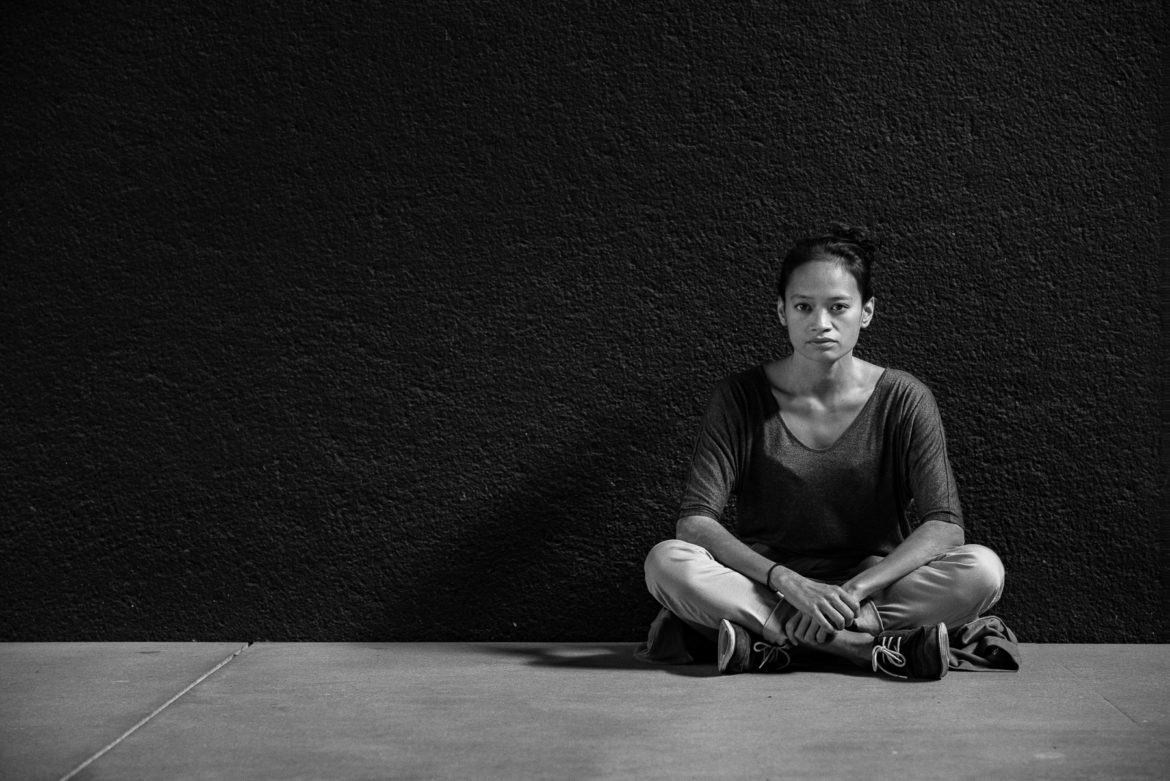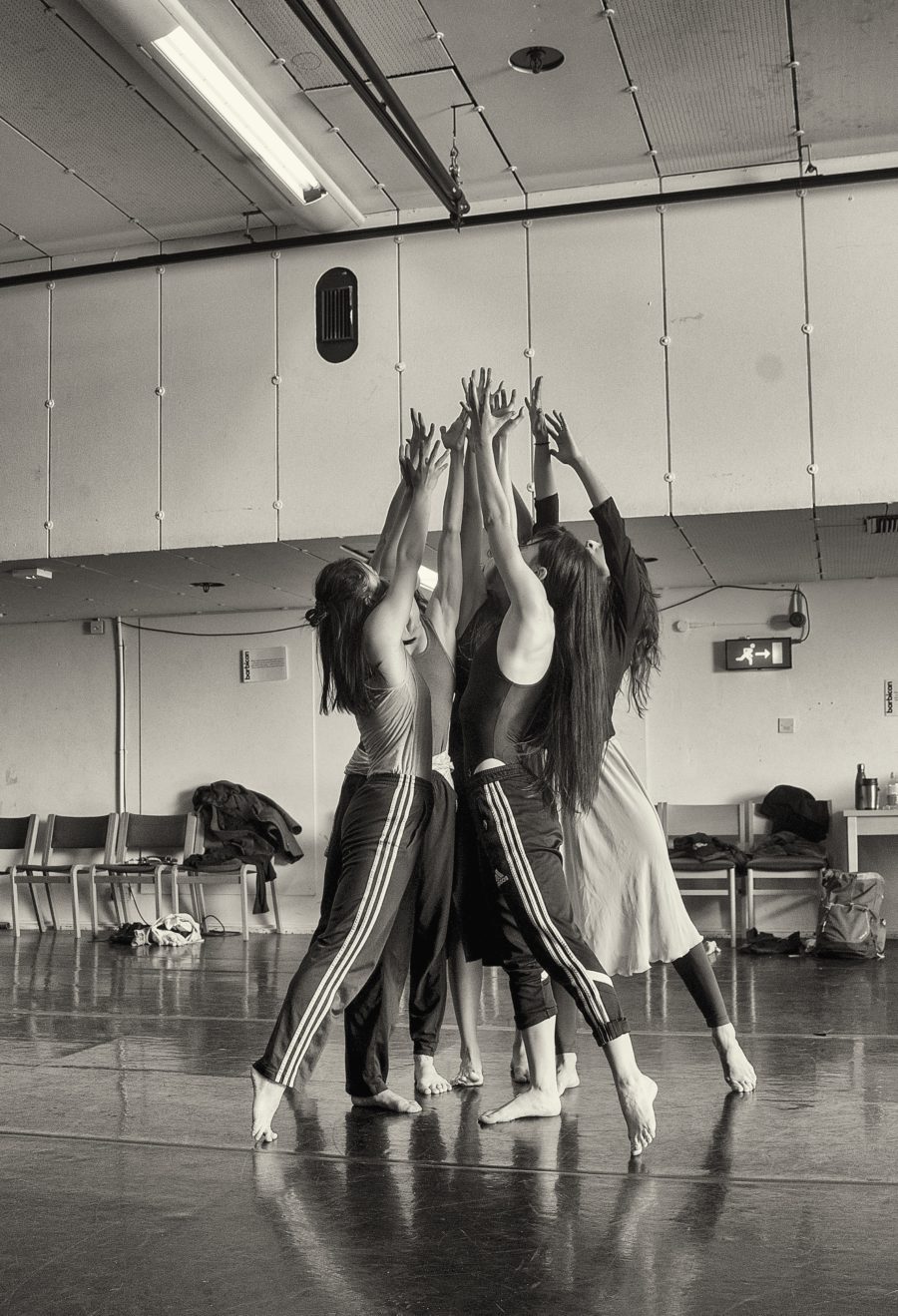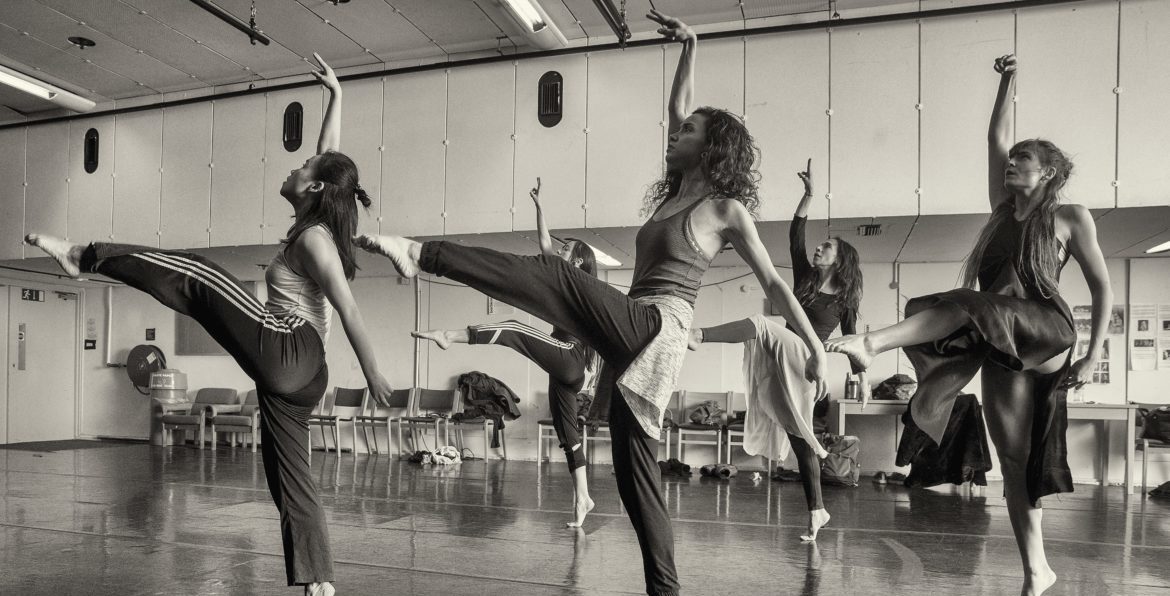Prima ballerina Viviana Durante is honouring the renowned dancer, trailblazer and feminist icon Isadora Duncan with her programme Isadora Now. Celebrating Duncan’s legacy, Durante is presenting the rarely seen Dance of the Furies which was created by Duncan in 1905, together with Five Brahms Waltzes in the Manner of Isadora Duncan created by Frederick Ashton, along with a new work created by choreographer Joy Alpuerto Ritter.
Born in Los Angeles, Joy Alpuerto Ritter grew up and trained in Germany, studying ballet, jazz,, Philippine and Polynesian dance, plus hip hop, break dance and voguing. Her professional freelance dance career led her to working with a long list of respected choreographers, and her versatility saw her dance with Cirque du Soleil, Akram Khan Dance Company, Michael Jackson Immortal World Tour and more.
Ritter gives us an insight into choreographing a new work especially for Isadora Now:
How did you become involved in Viviana Durante Company and choreographing for Isadora Now?
Thanks to Farooq Chaudhry, who has been supporting me as a choreographer and artist. He put us in touch and they commissioned me to be part of Isadora Now. I’m very thankful and happy for this opportunity to create my own work the first time in London with a great team.
What inspirations and elements did you draw on to create the piece to celebrate Isadora Duncan?
The element water always influenced Isadora’s life. And her life had an impact on the further generations of dance, like ripples in the water. Movements are inspired by the waves and the continuity of Isadora’s movement. Her free spirit, her loss, her struggles and her great passion of her art and confidence as a woman is very inspiring to me.
Tell us about your piece, and the themes or subject that it explores?
The piece is a reflection of Isadora’s life in women nowadays. The sensuality, simplicity and celebration of our being as women is very present. I like to describe it in the same way as the book Life into Art: Isadora Duncan and Her World by Dorée Duncan: Lyrical, dramatic, and heroic.

As a feminist, Isadora “made work that enabled women to express themselves physically on their own terms”, how has she influenced your work?
I never wanted to copy her movements but felt her spirit should always be present. During rehearsals her images were always on the walls of the studio. The emotional approach to find movement coming from within was part of our research through improvisation in connection with music and sound. I chose movement material that is very feminine and free which can vary in different energies and qualities. The dancers were able to create their own material within the frame we were working in. So the exchange and learning from each other was part of the process. I want the audience to see the dancers as individuals as well as part of a unity.
Describe your choreographic process for creating this piece and how you approached the subject?
Our creative team has been exchanging and sharing sources of books, images and articles about Isadora Duncan. We were honoured to connect with Dorée Duncan (Isadora Duncan’s great niece) via Skype. And Barbara Kane has been with us during the creation, teaching us the Duncan technique. It is important to understand the source and the philosophy of Isadora Duncan. Then to find the freedom to develop and transform new ways of expressing our version of Isadora NOW.

Can you share a special moment from the studio working with the dancers on this piece?
We all get along very well, which is not always the case with only women in the group. We work hard but we also laugh a lot, enjoy head banging to The Killers and doing fun voguing sessions to some beats.
Your dance career ranges from classical, jazz, hip hop, contemporary and more…what can we expect to see in the piece?
I would say the techniques in the show merge into each other. There are hints of classical dance, Duncan Dance, urban dance and vogueing. I tried to transform the movement from its original in order to give it a new sense that connects to the intention of the scenes.

Your piece is set to live music by Cellist Lih Qun Wong, why did you choose this musical score?
The cello is such an emotional and feminine instrument and Lih’s music creates the bridge of classical music and modern electronic soundscapes that creates its own world between light and darkness. As a woman and mother her sensitive interpretation is very valuable to this collaboration. And it was clear that we wanted to create something new for this work.
You’re both a dancer and a choreographer, how does it feel to embody these different roles?
I love to dance and I love to choreograph, but there are times when they get in each other’s way. Especially in a group piece. So it is a challenge. But being in it as a dancer felt almost necessary for me and to engage my physical creativity in order to give the right output. Especially because Isadora was a lot about feeling. But this piece is not about me as a dancer, it’s about the energy that it transmits.


